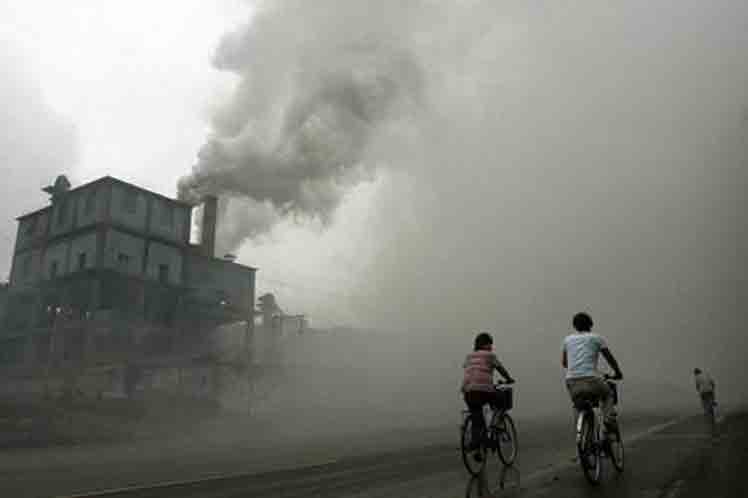Led by researchers at NYU Grossman School of Medicine and the Icahn School of Medicine at Mount Sinai, the study showed that exposure to above average levels of outdoor air pollution increased risk of death by 20%, and risk of death from cardiovascular disease by 17%.
Using wood- or kerosene-burning stoves, not properly ventilated through a chimney, to cook food or heat the home also increasd overall risk of death (by 23% and 9%) and cardiovascular death risk (by 36% and 19%). Living far from specialty medical clinics and near busy roads also increased risk of death.
Publishing in the journal PLOS ONE online June 24, the findings come from personal and environmental health data collected from 50,045 mostly poor, rural villagers living in the northeast Golestan region of Iran.
Researchers say their latest investigation not only identifies environmental factors that pose the greatest risk to heart and overall health, but also adds much-needed scientific evidence from people in low- and middle-income countries. “Our findings help broaden the disease-risk profile beyond age and traditional personal risk factors,” says Vedanthan, an associate professor in the Department of Population Health and the Department of Medicine at NYU Langone Health.
“These results illustrate a new opportunity for health policymakers to reduce the burden of disease in their communities by mitigating the impact of environmental risk factors like air pollution on cardiovascular health,” says study lead author Michael Hadley, MD, a fellow in cardiology and incoming assistant professor of medicine at Mount Sinai.
The research team plans to continue its analysis and hopes to apply the predictive model to other countries with the aim of fine-tuning its predictive capacity. They say their new tool could serve as a guide for evaluating the effectiveness of environmental, lifestyle, and personal health changes in reducing mortality rates worldwide.
pll/car/znc










